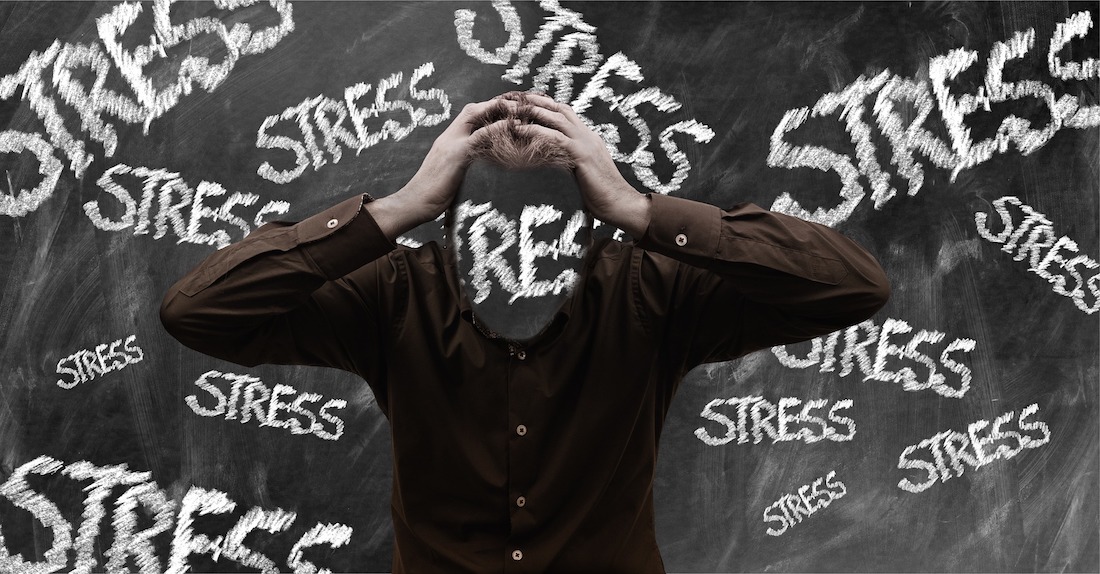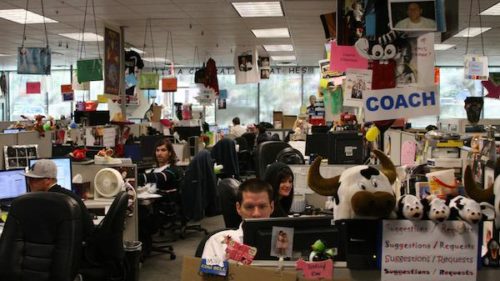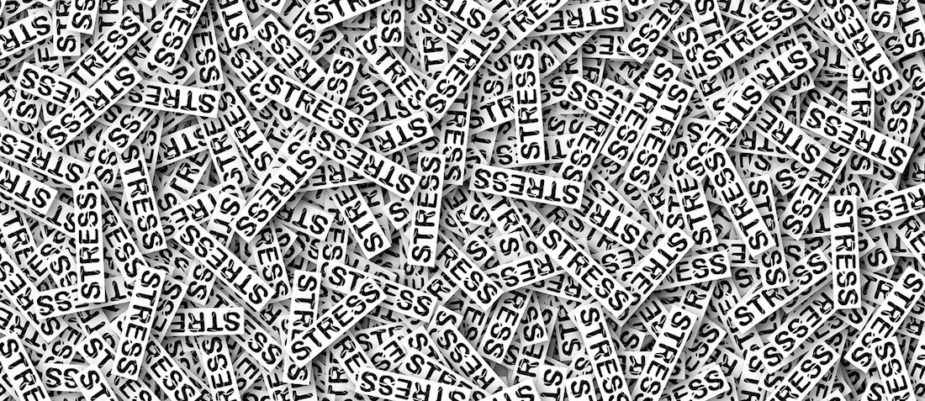
“A state of vital exhaustion”, a syndrome caused by everyday stresses and anxieties that can gradually undermine workers’ mental and physical wellbeing and health. This is the burnout syndrome according to the World Health Organization’s International Classification of Disease (ICD-10 and ICD-11). But how is it possible to prevent that the burnout syndrome affects our office? The responsibility needs to be shared by individuals, management and workplace design. We have dedicated an article for each one.
Burnout syndrome is far to be a new issue in the workplace. Maslach and Leiter had already defined the disease and its causes in 1976, pointing out the budget-oriented postmodern companies’ orientation as the main cause of the scarce attention to workers’ health.

Nowadays the situation appears to be different: the better understanding of the relationship between wellbeing, happiness, engagement, and productivity has valued the workers as a creative asset for the challenge of constant innovation. The physical and mental health of the employees has, therefore, become a company’s concern. That’s why burnout syndrome appears today, literally, the embodiment of the corporate and HR policies’ failure, social symptoms of a not functioning organization.
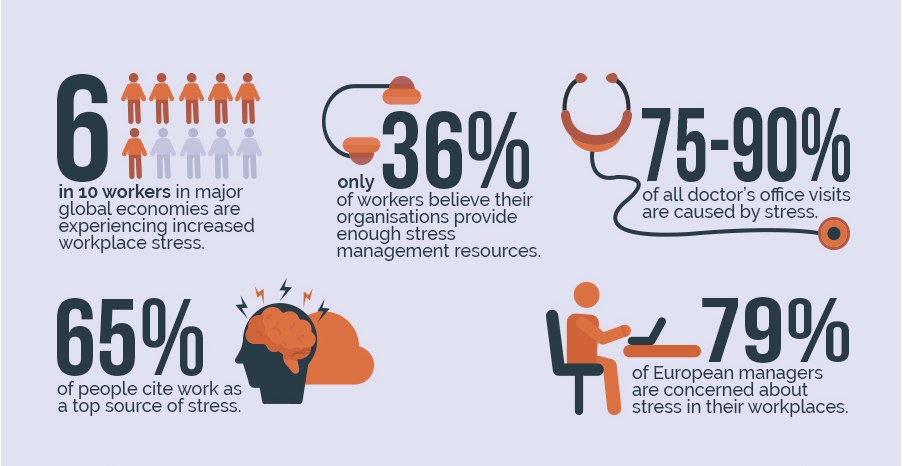
On the other hand, burnout keeps on being considered as well an individual disease, characterized by emotional exhaustion, lack of empathy and low productivity, to which a company can efficiently answer educating workers, with good managerial practice and with a new model of workplace design.
How to deal with burn out individually
In this article, we’ll focus on the individual side of burnout syndrome, while we will leave to other specific ones the issue related to management and workplace design.
Following a recent study published in 2018 by the University La Sapienza Psychology Departement, burnout is strongly linked to the self-efficacy of managing negative emotions in a working environment. Believing in your own self-efficacy, defined by the Canadian psychologist AlbertBandurra as the “capability of orienting one’s own social, emotional, cognitive and behavioral emotions to accomplish specific goals” is a key competence that determines your vulnerability to high-stress level.
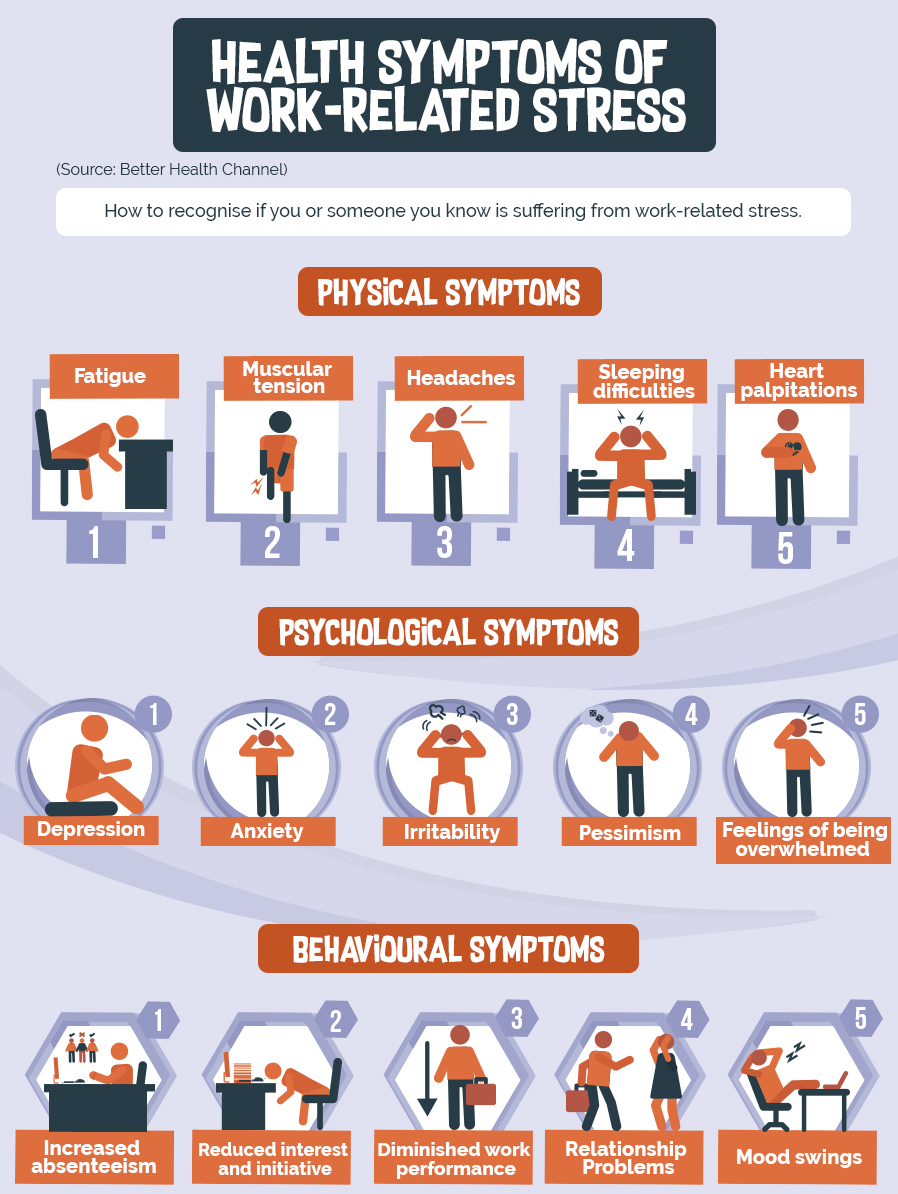
Moreover, all employees have to know the small signals that indicate that the level of stress and anxiety generated by the working activity are reaching a dangerous level for the health. Dealing with one or more than the following symptoms might be the warning signs that you have to change something about your working habits:
- Difficulty in concentration: a high level of stress can narrow the time we are able to pay attention to an activity.
- Lack of motivation: total lack of enthusiasm and living every day as a marathon is not normal, even in a working environment.
- Emotional exhaustion or being overly irritable: when burnout comes, take away with it all the happiness and pleasure from the things you use to like. Meantime, swinging from anger and rage to sadness and depression on the reg can be a clear sign of emotional exhaustion.
- Feeling guilty: burnout syndrome creates a very bad loop. Since we are less productive, we can’t achieve the results we want to. Therefore a sense of constant guilt arises and a compulsive willing to working more and more.
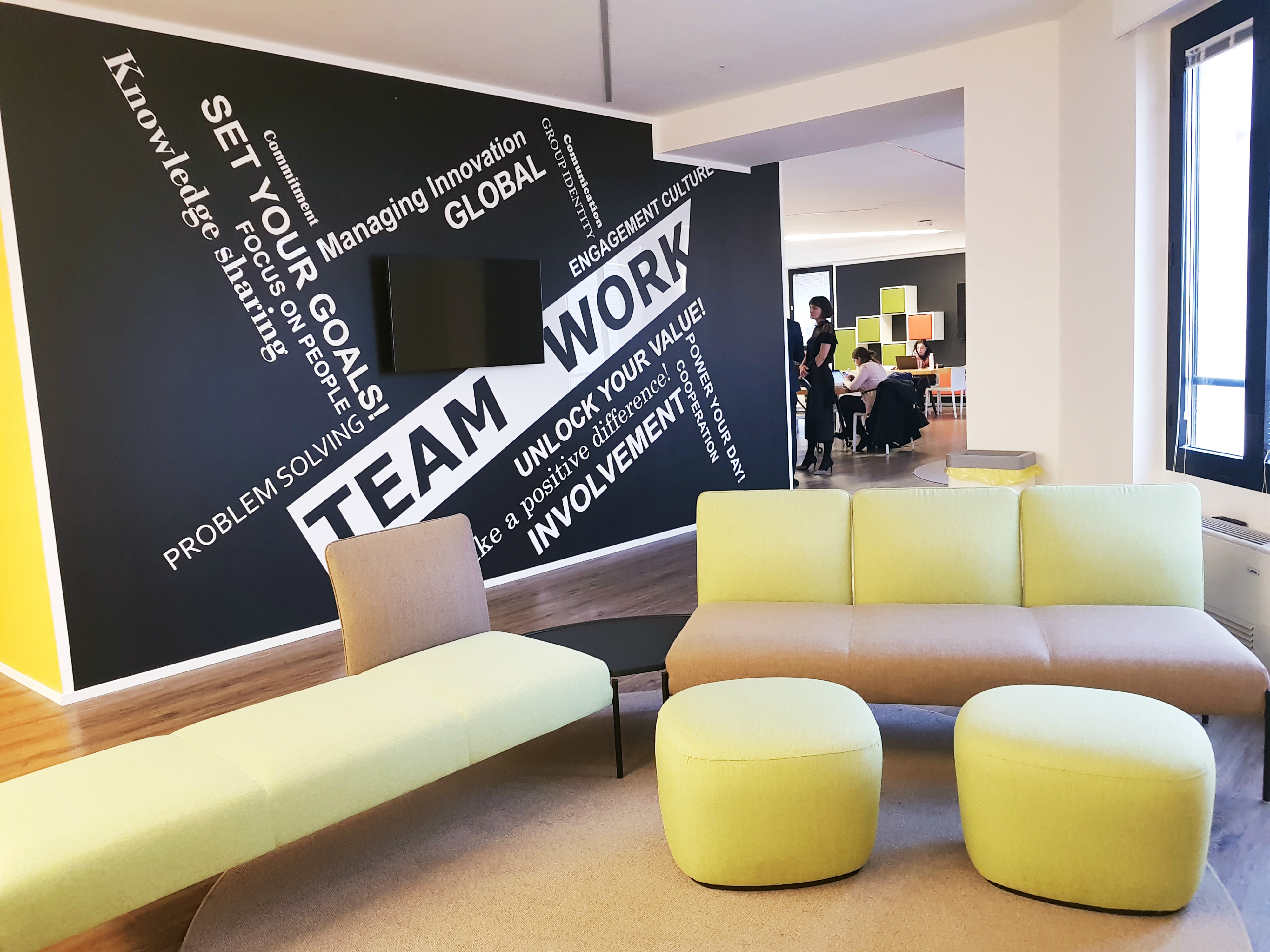
Workers, although, are not islands: the best way for happiness at work is, in fact, attentive and transparent management and workplace design to foster physical wellbeing and organizational freedom.
So, what to do if burnout is catching you?
Even though they seem to be trivial, the following suggestions can be a real lifeline before being drowned by the burnout tsunami:
- Breath and take one or more breaks during the day. Food can be a good excuse to find some time to build your own regenerative oasis.
- Putting a good work-life balance at the top of your priorities.
- Facing the emotional exhaustion with some hobby or physical activity you recall it made you feel good.
- Say no: abandon unrealistic goals, easily come to realize your own limits and use your own right to disconnect from your job.
- Building good relations with colleagues can be the best “safety valve” when the situation gets tough.
Lastly, since burnout syndrome can turn into a disease, if symptoms persist a professional psychologist can be the best decision.
Text by Gabriele Masi.
